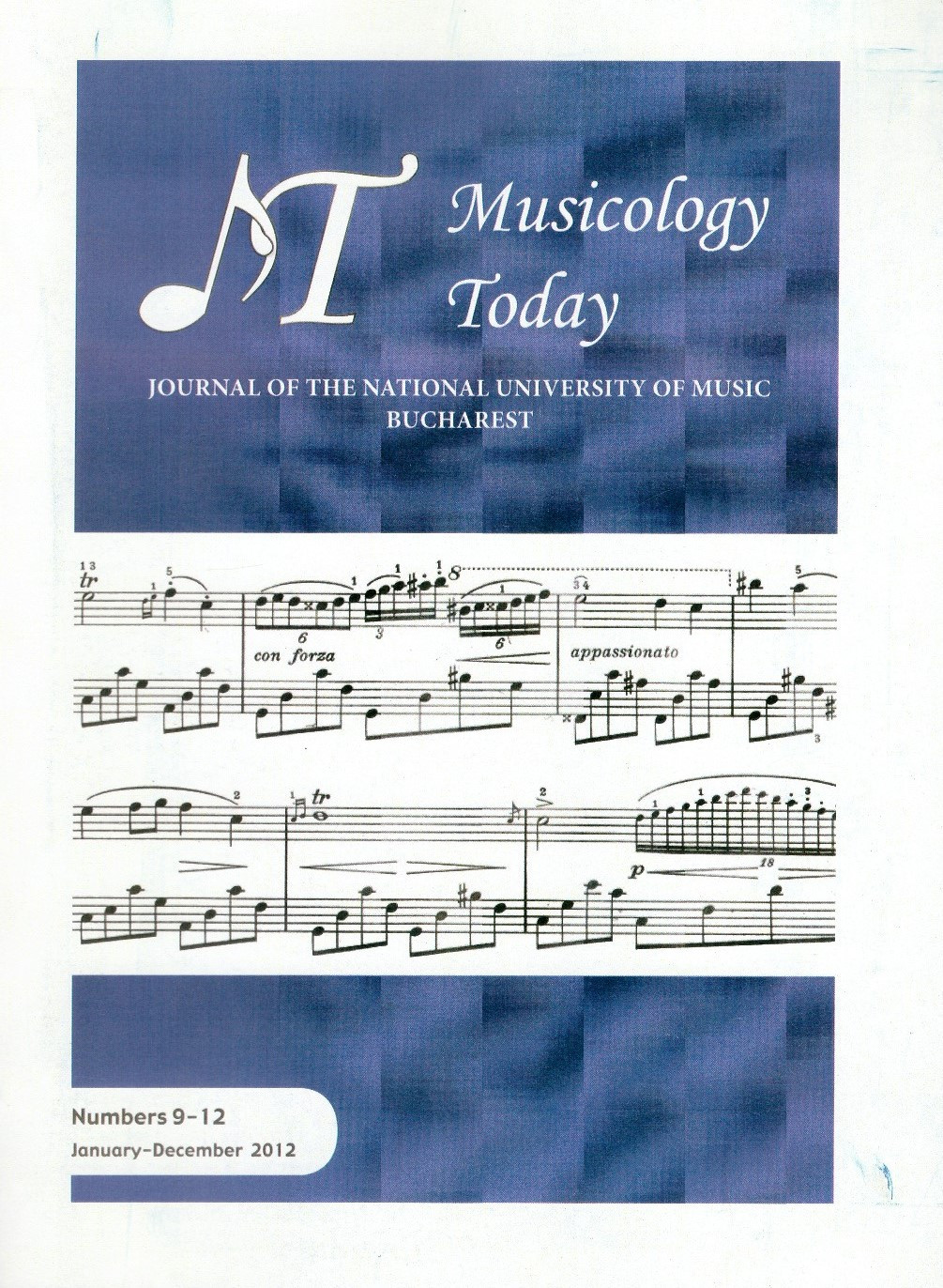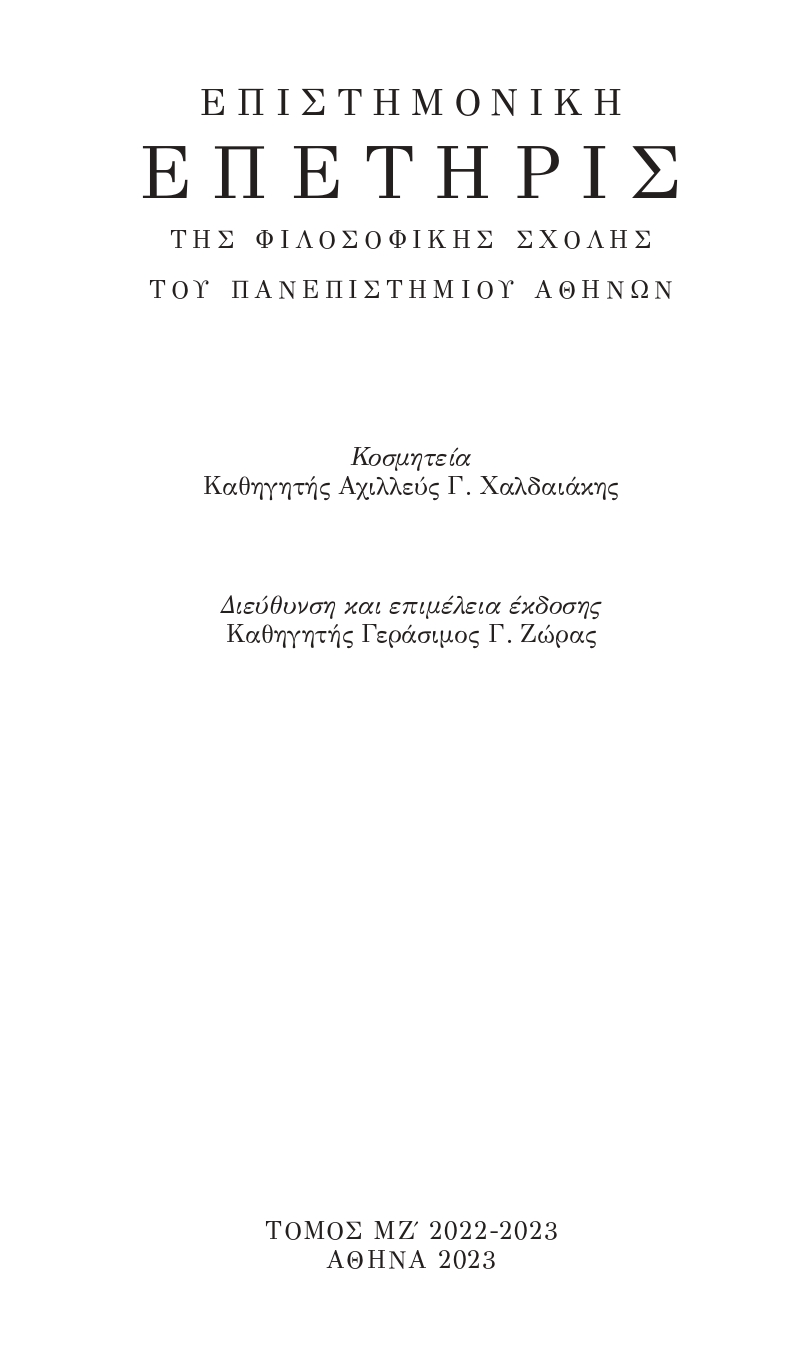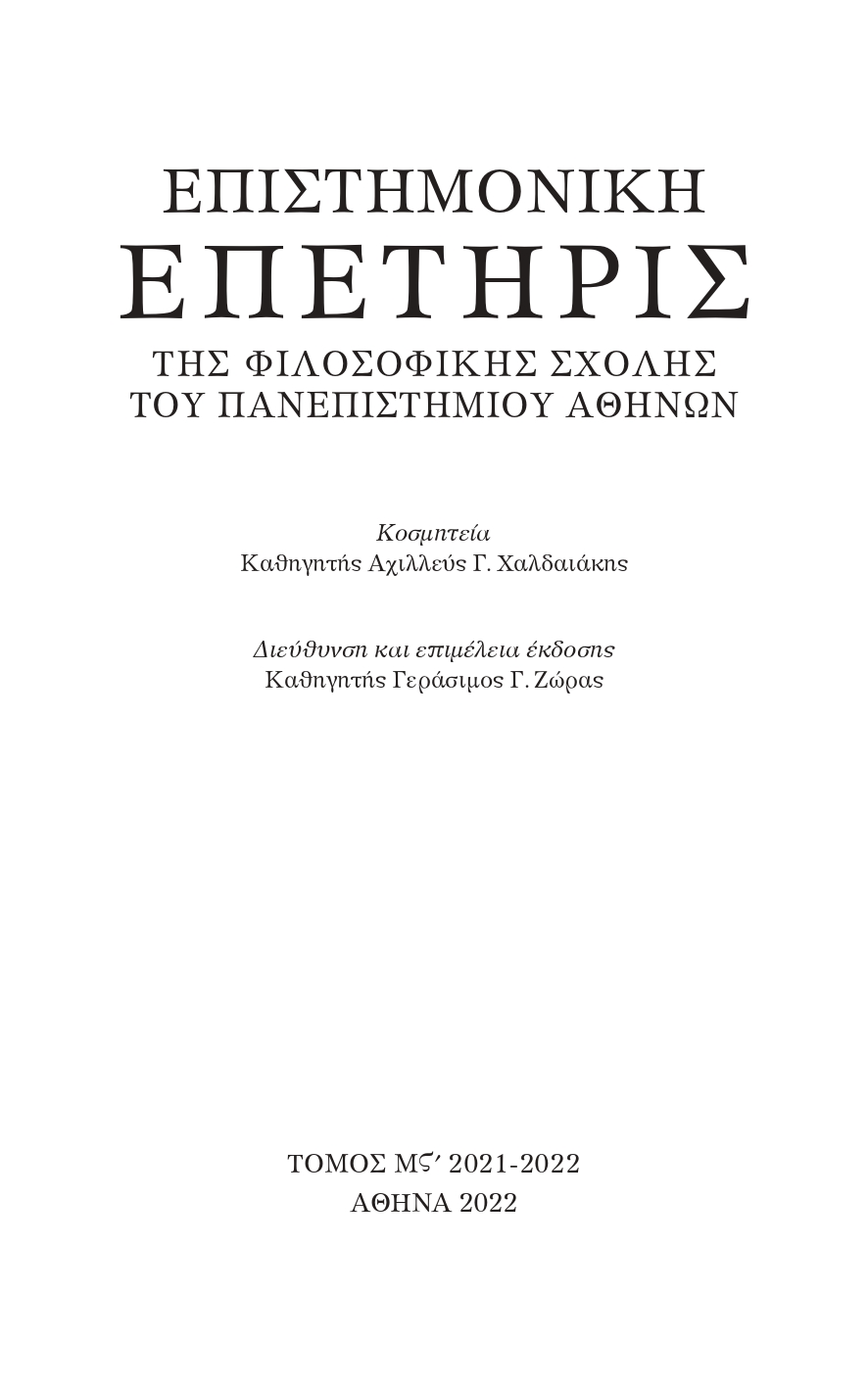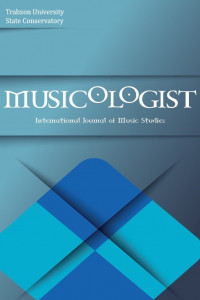There are, undoubtedly, questions raised about the way psaltic art was taught at different given historical times in the mind of any person who studies Byzantine music. Unfortunately, these are questions, which do not have an easy answer for; since psaltic art is based, primarily, on oral tradition, the exact methodology of its instruction is lost in the depth of centuries; the information that has survived on existing written sources is poor and rather fragmentary. Certain testimonies are well known and widely used in research, such as the one by Ioannis Kameniatis (10th Century) dealing with the systematic teaching of psaltic art; he recalls that in each church of Thessaloniki there were orders of priests and systems of readers through whom the chanting of poems was studied and through the movements of hands phonemes were communicated. Nikolaos Mesaritis (end of 12th Century) offers his witness when he describes the two categories of music schools that existed in the School of Holy Apostles in Constantinople: one was for young novices (where “you should see the psalmists along with almost stuttering infants who, while they had just finished nursing, were opening their mouths to speak wisdom and compose hymns”, and the other one, advanced and more scientific, for older and advanced students (where “small children and young adolescents, who had just grown old enough not to be children, produced rhythmic tunes and harmonious melodies with the use of their pharynx, mouth, tongue, lips, teeth” and who, additionally, “through the teaching of rules and the movements of hands were taught not to deviate from the harmony, not to lose the rhythm, how to not stray from the melody and how to not make errors on the tune.” On the other hand, music texts that date back to the 14th Century and onward give the impression that the instruction of psaltic art was rather a more private business that presupposed a close relationship and a long studying period of the student in the company of his experienced teacher. Teaching was done orally (not only the practical aspect of it, which is self-understood, but also the theoretical aspect of the study); therefore, relevant written sources that exist are deficient in information for, “the ancient poet (as is characteristically indicated on one manuscript on theory of the 17th Century) thought that the teacher should teach everything from the beginning, to deserve the title of master; therefore, the teacher teaches everything in brief. It is impossible to learn the art without a living voice and only through words”. Indeed, in survived miniatures of music manuscripts one can see exactly this picture; in the foreground there is the teacher who seems to be the authority of teaching wisdom, moving his hands according to the thesis of the psaltic piece composition; on his feet, zealously stooped over their open music books, one sees two (at the most) music students who emulate the movements of their teacher. This was the matter of importance, the only concern of every student,namely, how “to learn to sing the thesis the way his teacher does” and “this is what matters (the same 17th Century theoretician advises a student) and ask your teacher to confirm it; and if he (the teacher) knows it he, then, is a good master and you should stay with him; if he does not, abandon him quickly and do not waste your time”. The emphasis placed here on the element of time in connection with the right selection of a good teacher is critical since (as it is recorded in a known text of a psaltic art instruction method) “the one who wants to learn music and be good at it, / needs much patience, many days, / needs good discipline and fear of God, / ought to honor his teacher and pay him, / then the student learns to even reach perfection”. In the present study the issue of Psaltic Art instruction will be examined (as is it made clear by the phrasing of the subtitle) in three periods: The period between the 14th and 19th Centuries (PAST) when the decisive important facts of the imposition of the new method of analytical notation, the publication of the theoretical works of Chrysanthos and, finally, the organization of Psaltic Art instruction through known patriarchal music schools, come as succession to scarce information above mentioned offered by relevant sources. The period between the 19th and mainly the 20th Century (PRESENT), when psaltic art instruction is taught systematically in conservatories and various music schools based on an homogenized educational model which is not always in accord with the facts of the past; in certain occasions it is even influenced by foreign music models. The current period (FUTURE), during which one should hope for a new era in regards to Psaltic Art instruction (considering the rapid progress of the science of Byzantine Musicology in the last years or through the instruction of psaltic art in highest educational institutions). It should be stated from the beginning that among the similar facts regarding the above mentioned three periods there is almost no correlation. For instance, there is abundant information available on the instruction of psaltic art during the 2nd period, whereas there is almost none for the 1st. This is the reason why my interest here will focus on the 1st period; I will dare to undertake a task, which – from what I know – has not been undertaken yet; I will try to re-structure the undercurrent old methodology of Psaltic Art instruction, so that we can suspect how the art was taught until the 19th Century. This will aid in proving that minimal (almost insignificant) elements of this period have been incorporated to the following period. However, scientific research thus far as well as the respective practical experience safely indicate that the deeper we know the facts of the past about psaltic art instruction the better a present we will secure to contemporary music studies, bequeathing, at the same time, a more hopeful, enriched and palpably improved psaltic art instruction method to future generations.
Πρωτότυπη «εἰσαγωγὴ» στὸ μεῖζον θέμα τῆς διδασκαλίας τῆς ψαλτικῆς τέχνης, θέμα ποὺ ἐρευνᾶται ἐδῶ σφαιρικὰ καὶ διαχρονικά (σὲ τρεῖς διαστάσεις: παρελθόν, παρὸν καὶ μέλλον). Ἡ προσέγγιση εἶναι ὄχι μόνον ἱστορικὴ καὶ θεωρητική, ἀλλὰ καὶ καθαρὰ πρακτική, μὲ χρήση συγκεκριμένων ἐποπτικῶν παραδειγμάτων. Αὐτὸ ποὺ ἀποπειρῶμαι νὰ καταδείξω ἐδῶ εἶναι ὅτι ἡ ἱστορικὴ συγκυρία τοῦ διαχωρισμοῦ τῶν (θεωρητικῶν καὶ πρακτικῶν) δεδομένων τῆς τέχνης σὲ δύο περιόδους (παλαιὰ καὶ νέα), καὶ ἄρα ἡ συνεκδοχικὴ «ἀναμόρφωση» τῆς διδασκαλίας τῆς ἴδιας τῆς τέχνης, ἀποτελεῖ οὐσιαστικὰ μίαν ἐπικίνδυνη «παγίδα» ποὺ ἀποπροσανατολίζει καὶ δημιουργεῖ πολλαπλὲς συγχύσεις. Ἡ πρότασή μου γιὰ τὴ μελλοντικὴ διδασκαλία τῆς τέχνης (πρόταση ποὺ πιλοτικά, καὶ μὲ ἐπιτυχία, ἐφαρμόζω κατὰ τὶς σχετικὲς πανεπιστημιακές μου παραδόσεις), εἶναι ἡ ψαλτικὴ νὰ ἀντιμετωπιστεῖ ἀδιαίρετα ὡς ἑνιαῖο γνωστικὸ κεφάλαιο, ἢ (ἀλλιῶς διατυπωμένο) στοιχεῖα τῆς παλαιᾶς περιόδου νὰ ἐνσωματωθοῦν στὰ ἀντίστοιχα δεδομένα τῆς νέας. Τὸ ἐγχείρημα ἀπαιτεῖ ὄχι μόνον μεθοδικὴ ἔρευνα καὶ βαθειὰ γνώση, ἀλλὰ καὶ καταρτισμὸ ἑνὸς νέου –οὐσιαστικὰ- «προγράμματος σπουδῶν» γιὰ τὴ βυζαντινὴ μουσική. Ἡ παρούσα μελέτη εἶναι τὸ πρῶτο βῆμα πρὸς αὐτὴ τὴν κατεύθυνση.



